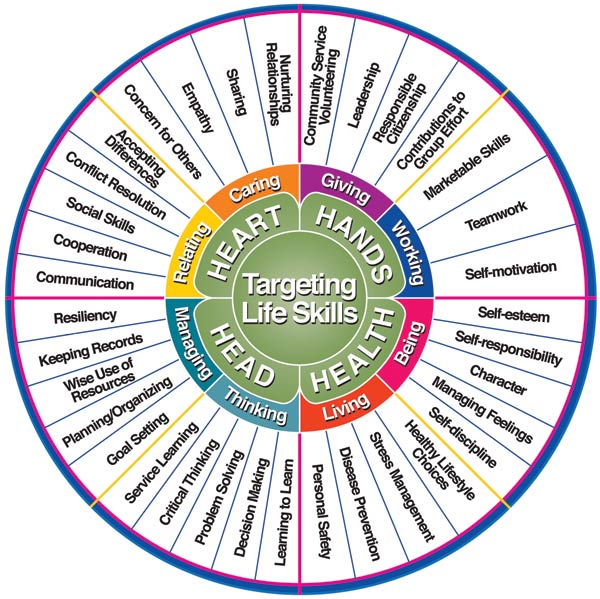The 4-H Program has been an organization dedicated to the development of youth members for over a hundred years—and 4-H members are a part of a proud history of service learning and self development, reaching almost 6 million youth annually.
In Clark County, Ohio, Albert Belmont Graham was a country schoolmaster and agriculture extension pioneer at Ohio State University. In 1902, Graham held and experimental agriculture young adult club at the University, (often called either “The Tomato Club” or the “Corn Growing Club”), and many consider this to be the first glimmer of youth development programming – the early sibling of what would later become the 4-H Program.
The Smith-Level Act of 1914 established a system of Cooperative Extension Services, connected to Land Grand universities, whose goal became to inform local citizens in each community about current agriculture developments, home economics, public policy, and other related subjects. This act formalized the 4-H Program nationally.
In Colorado, instruction in agriculture started as early as 1910 as part of the Outreach and Extension program. Since then, Colorado 4-H has thrived, growing in rural mountain towns, bustling cities, and expansive prairies. Extension Offices all over Colorado work to embody the Colorado 4-H Mission of “4-H empowering youth to reach their full potential by working and learning in partnership with caring adults.”
The primary focus of the 4-H Program at this time was a focus on instructing rural youth in improved farming and homemaking practices – and was among the first early youth organizations to give equal attention to both male and female participants. It became clear that youth members were more likely to experiment with new agriculture technologies, techniques, and practices, unlike their parents and grandparents, who preferred traditional methods. When youth began outpacing their adult members in crop production, the improved methods were more likely to be implemented by the adults, and positively impact their families overall.
In many ways, the growing 4-H Program represented the “growing” done on farms and ranches across the state – flourishing crops, higher quality animals, and healthier homes. The 4-H Colors of White (for purity) and Green (representing nature, youth, life, and growth) became the national standard. The 4-H Clover, too, became part of the national brand. The earliest “H’s” included Head, Hands, and Heart, with some states adding “Home” or “Hustle.” By 1924, the 4-H Clover joined the U.S Presidential Seal, Red Cross, Smokey Bear, and Olympic Rings as federally protected marks. The responsible stewardship of the 4-H Clover is granted to the Secretary of Agriculture, at request of the U.S Congress.
Once 4-H was Nationalized, the program developed its Motto: “To Make the Best Better” and their
Slogan, “Learn by Doing.” These phrases represented the goal of Positive Youth Development, as does the 4-H Pledge, originally written by Otis E. Hall:
Today, the National Institute of Food and Agriculture (NIFA) of the United States Department of Agriculture (USDA) oversees the National 4-H Program, with help from National 4-H Council and land grant university extension offices nationwide. Each October, during National 4-H week, 4-H Programs across the country gather to promote and celebrate the 4-H Program nationwide.
In Colorado, 4-H youth members gather each January at the Leadership Development Conference in June on the Colorado State University Campus, seeking to promote the Colorado 4-H Vision, “A World in which youth and adults learn, grow, and work together.”
In El Paso County, 4-H members and volunteers work everyday to “Make the Best Better”— and you can too!





